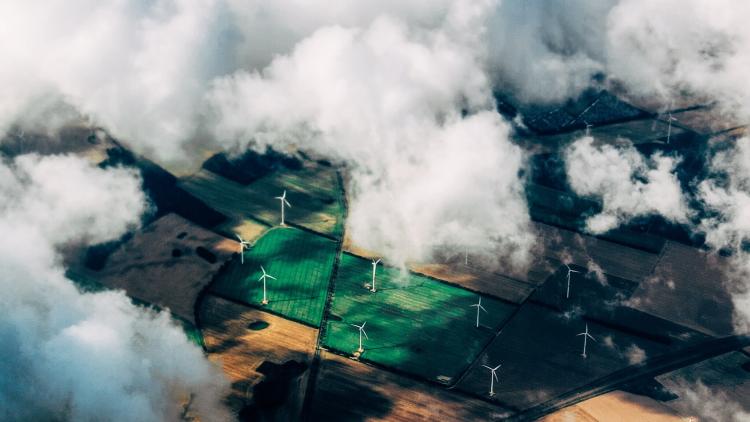What the Navajo string game can teach us the human role in the Anthropocene


In Navajo, string games are known as na'atl'o'. They are a form of 'continuous weaving' (Haraway, 2013), a practice of storytelling that connects the Diné (Navajo people) with the environment surrounding them as a universal whole.
Connecting with other forms of life
These string games are both reflections and practices of making, teaching, and cosmological performances, to achieve a state of being 'hózhó'. This term represents Diné's philosophy and belief system, which means living in health, harmony, and beauty. To live in the state of 'hózhó', one should realise the deep interrelated connections with other forms of life.
In 'Staying with the troubles', Donna Haraway told us about the Navajo story of string games. The everyday practice of Indigenous cosmology reflects a picture that multi-species co-exist in a whole ecosystem. At the same time, communities like the Diné are forcibly involved in the hegemony of discourse of the Anthropocene, which indicates that human activities are responsible for climate change. Even though the Diné is more like a victim of the current climate crisis, they are still allocated to bear the responsibility of causing the catastrophe under 'original sin' as human beings. Behind climate injustice occurring here, a question needs to be asked: who can define human beings and their position on this planet?
Who can define human beings and their position on this planet?
Before we clarify the terminology of 'Anthropocene', new discourses are continuously invented. It seems like theorists keep finding one exit after another to help human beings out of trouble. But Haraway said we should stay with the trouble. If we leave the word game aside for the moment and focus on positionality. We can see her critique of the Anthropocene lies in its lack of vitality in their narratives of storytelling and the absence of an ongoing reality. Also, in the narrative of the Anthropocene, human being is given too much centrality as a species, as if they are the only species who made the whole history. This is clearly a reflection of the ignorance and arrogance of Man with a capital M. Additionally, the usage of Anthropocene is confined to the intellectuals in a more privileged position and are tainted by the presuppositions of Western individualism, where individuals are in a state of hostile competition for resources. Because of these inherent limitations of gender, race and class, the Anthropocene cannot and does not conceive of a possibility of symbiosis.
We need a new narrative
Therefore, to cope with the current climate crisis, what we need is a new narrative that focuses on what happens continuously, a multi-tentacled approach to 'stay with the trouble'. Not only acknowledge the vital role of women, BAME and Indigenous groups and other underestimated actors excluded by the global economic system in climate change but be aware of the dynamic relationships among human beings and other species. Because human beings are just a star in the constellation of the ecosystem and interconnected with other actors through every breath. Realising that we cannot face it alone, we must redevelop the ability to live together with other organisms.
Shared connections and concerns between humans, fungus, shells and rivers should be brought up on the agenda. Just like the string games, different forms of life approach hózhó by connecting and entwining with each other.
This blog was written as part of the core module ‘Anthropology of Sustainability' for the MA Anthropology of Global Futures and Sustainability.
About the author
Jiexin Ma is studying MA in Anthropology of Global Futures and Sustainability at SOAS.


